Home>Furniture & Design>Bathroom Accessories>Why Is There Black Residue On My Toilet Seat
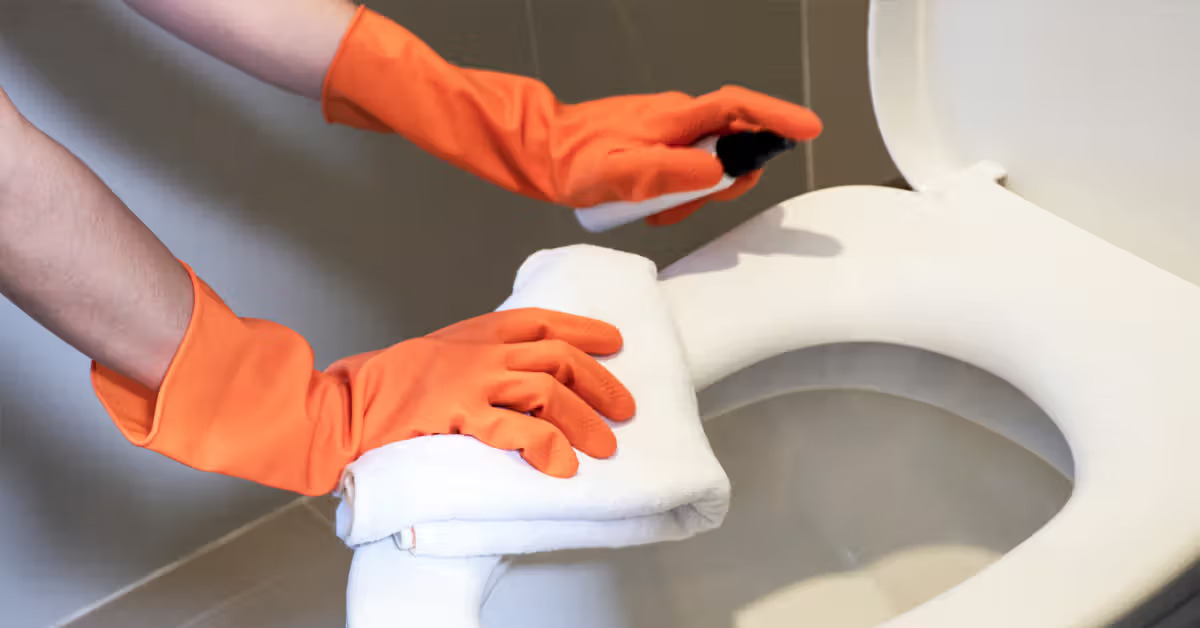

Bathroom Accessories
Why Is There Black Residue On My Toilet Seat
Modified: May 6, 2024
Discover the causes of black residue on your toilet seat and how to prevent it with the right bathroom accessories. Keep your bathroom clean and free from unsightly stains.
(Many of the links in this article redirect to a specific reviewed product. Your purchase of these products through affiliate links helps to generate commission for Storables.com, at no extra cost. Learn more)
Introduction
Discovering black residue on your toilet seat can be a perplexing and frustrating experience. It not only mars the appearance of your bathroom but also raises concerns about hygiene and cleanliness. Understanding the causes of this issue and learning how to effectively remove and prevent black residue is essential for maintaining a pristine bathroom environment.
In this comprehensive guide, we will delve into the common causes of black residue on toilet seats, explore effective methods for removing it, and discuss preventive measures to keep your toilet seat spotless. Whether you've encountered this issue before or are seeking proactive strategies to maintain a sparkling clean bathroom, this article will equip you with the knowledge and insights needed to tackle the problem head-on.
Let's embark on a journey to uncover the mysteries of black residue on toilet seats and empower ourselves with practical solutions to ensure a sanitary and visually appealing bathroom space.
Key Takeaways:
- Say goodbye to black residue on your toilet seat! Learn the causes and effective removal methods, like using vinegar and baking soda, to keep your bathroom spotless and hygienic.
- Prevent black residue by establishing a regular cleaning routine, ensuring proper ventilation, and educating household members. Maintain a pristine toilet seat for a clean and inviting bathroom space.
Read more: Why Does My Toilet Seat Turn Yellow
Common Causes of Black Residue on Toilet Seat
-
Mold and Mildew: The warm and moist environment of the bathroom provides an ideal breeding ground for mold and mildew. When left unchecked, these fungi can form black residue on the toilet seat, particularly in areas where moisture tends to accumulate.
-
Mineral Deposits: Hard water contains high levels of minerals such as calcium and magnesium. Over time, these minerals can build up on the toilet seat, forming unsightly black residue. This is especially common in regions with hard water, where mineral deposits are a prevalent issue.
-
Residue from Cleaning Products: Certain cleaning products, if not thoroughly rinsed off, can leave behind black residue on the toilet seat. This residue may result from the chemical composition of the cleaning agents or from improper cleaning techniques.
-
Aging Toilet Seats: As toilet seats age, they may develop cracks, scratches, or porous areas that can trap dirt, grime, and bacteria. Over time, these trapped particles can accumulate and form black residue, detracting from the toilet seat's appearance.
-
Buildup of Bacteria and Fecal Matter: In households with inadequate cleaning practices, bacteria and fecal matter can accumulate on the toilet seat, leading to the formation of black residue. This issue is particularly prevalent in homes with multiple occupants or inadequate sanitation habits.
Understanding the common causes of black residue on toilet seats is crucial for effectively addressing the issue. By identifying the underlying factors contributing to the problem, individuals can implement targeted solutions to restore the cleanliness and visual appeal of their bathroom fixtures.
How to Remove Black Residue from Toilet Seat
Dealing with black residue on a toilet seat can be a daunting task, but with the right approach, it can be effectively remedied. Here are several methods to remove black residue and restore the pristine condition of your toilet seat:
-
Vinegar and Baking Soda Solution: Create a paste by mixing vinegar and baking soda to form a thick, spreadable consistency. Apply the paste to the affected areas of the toilet seat and let it sit for 15-20 minutes. Then, gently scrub the residue with a soft-bristled brush or sponge. The mild acidity of vinegar combined with the abrasive action of baking soda can effectively lift and remove the black residue.
-
Bleach Solution: For stubborn black residue, a diluted bleach solution can be highly effective. Mix one part bleach with ten parts water and apply the solution to the affected areas. Allow it to sit for a few minutes before scrubbing the residue with a brush or sponge. Exercise caution when using bleach and ensure proper ventilation in the bathroom.
-
Commercial Cleaning Products: There are numerous commercial cleaning products specifically formulated for removing tough stains and residue from toilet seats. Select a product designed for bathroom surfaces and follow the manufacturer's instructions for application and removal. Always test the product on a small, inconspicuous area of the toilet seat before widespread use.
-
Hydrogen Peroxide: Hydrogen peroxide is known for its disinfecting and stain-removing properties. Apply hydrogen peroxide directly to the black residue and let it sit for a few minutes. Then, gently scrub the area with a sponge or brush. Rinse thoroughly with water to remove any remaining residue and traces of hydrogen peroxide.
-
Steam Cleaning: If your toilet seat is equipped with a removable component, such as a soft-close seat, consider using a handheld steam cleaner. The high-temperature steam can effectively loosen and dissolve black residue, making it easier to wipe away with a cloth or sponge.
It's important to approach the removal process with care, ensuring that the chosen method is compatible with the material of the toilet seat. Additionally, always follow safety precautions and ventilation guidelines when using cleaning agents such as bleach. By employing these methods, you can effectively eliminate black residue and restore the cleanliness of your toilet seat, contributing to a hygienic and visually appealing bathroom environment.
To prevent black residue on your toilet seat, regularly clean the seat with a disinfectant cleaner and wipe it dry to prevent mold and mildew growth. Also, check for any leaks in the toilet that may be causing the residue.
Preventing Black Residue on Toilet Seat
Preventing black residue on your toilet seat is essential for maintaining a consistently clean and hygienic bathroom environment. By implementing proactive measures, you can minimize the likelihood of black residue formation and preserve the visual appeal of your toilet seat. Here are several effective strategies for preventing black residue:
-
Regular Cleaning Routine: Establishing a regular cleaning schedule for your bathroom, including the toilet seat, is fundamental in preventing the buildup of black residue. Wiping down the toilet seat with a mild disinfectant or soapy water on a consistent basis can help remove any potential sources of residue before they accumulate.
-
Proper Ventilation: Adequate ventilation in the bathroom is crucial for minimizing moisture and inhibiting the growth of mold and mildew, which can contribute to black residue formation. Ensure that your bathroom is well-ventilated during and after showers or baths to reduce humidity levels and discourage fungal growth.
-
Use of Toilet Seat Covers: Consider using disposable or washable toilet seat covers to provide an additional barrier between the toilet seat and potential sources of residue. These covers can help minimize direct contact with skin oils, sweat, and other substances that may contribute to residue buildup.
-
Regular Inspection and Maintenance: Periodically inspect the condition of your toilet seat for any signs of wear, cracks, or damage that could trap dirt and contribute to residue formation. Promptly addressing any issues with the toilet seat's integrity can help prevent the accumulation of debris and bacteria.
-
Avoid Harsh Cleaning Products: When cleaning your toilet seat, opt for mild, non-abrasive cleaning agents to avoid leaving behind chemical residues that could contribute to black residue formation. Thoroughly rinse the seat after cleaning to remove any residual cleaning product.
-
Address Hard Water Concerns: If you live in an area with hard water, consider installing a water softener or using products designed to mitigate the effects of hard water. By reducing mineral deposits, you can minimize the formation of black residue on your toilet seat.
-
Educate Household Members: Encourage proper bathroom hygiene practices among household members to minimize the transfer of bacteria and other substances to the toilet seat. Emphasize the importance of wiping the seat after use and promptly addressing any spills or splashes.
By incorporating these preventive measures into your bathroom maintenance routine, you can significantly reduce the likelihood of black residue formation on your toilet seat. Consistent vigilance and proactive maintenance will contribute to a cleaner, more inviting bathroom space for you and your household.
Conclusion
In conclusion, the presence of black residue on a toilet seat can be attributed to various factors, including mold and mildew, mineral deposits, residual cleaning products, aging toilet seats, and the buildup of bacteria and fecal matter. Understanding these common causes is pivotal in addressing the issue effectively.
To remove black residue from a toilet seat, several methods can be employed, such as using a vinegar and baking soda solution, a diluted bleach solution, commercial cleaning products, hydrogen peroxide, or steam cleaning. Each approach offers a unique set of benefits and considerations, ensuring that the removal process is tailored to the specific needs and material composition of the toilet seat.
Moreover, preventing black residue on a toilet seat is equally important. Implementing a regular cleaning routine, ensuring proper ventilation, using toilet seat covers, conducting regular inspections, avoiding harsh cleaning products, addressing hard water concerns, and promoting proper bathroom hygiene practices are all essential strategies for maintaining a pristine toilet seat.
By proactively addressing the causes and implementing preventive measures, individuals can uphold a clean and hygienic bathroom environment, free from the unsightly presence of black residue on the toilet seat. Consistent maintenance and attention to detail contribute to a visually appealing and inviting bathroom space, promoting a sense of comfort and well-being for all occupants.
In essence, the journey to combat black residue on a toilet seat involves a combination of understanding, action, and prevention. By embracing these principles, individuals can transform their bathroom into a sanctuary of cleanliness and comfort, ensuring that the toilet seat remains a symbol of hygiene and refinement within the home.
Now that you're equipped with knowledge on keeping your toilet seat pristine, why stop there? Extend that sparkle to other areas of your home! If tidying up your fridge sounds daunting, don't fret. We've got a guide packed with effective cleaning tips to help you tackle every nook and cranny, ensuring your refrigerator stays fresh and hygienic. Maintaining cleanliness around your living space not only brings comfort but also enhances your home's overall hygiene.
Frequently Asked Questions about Why Is There Black Residue On My Toilet Seat
Was this page helpful?
At Storables.com, we guarantee accurate and reliable information. Our content, validated by Expert Board Contributors, is crafted following stringent Editorial Policies. We're committed to providing you with well-researched, expert-backed insights for all your informational needs.
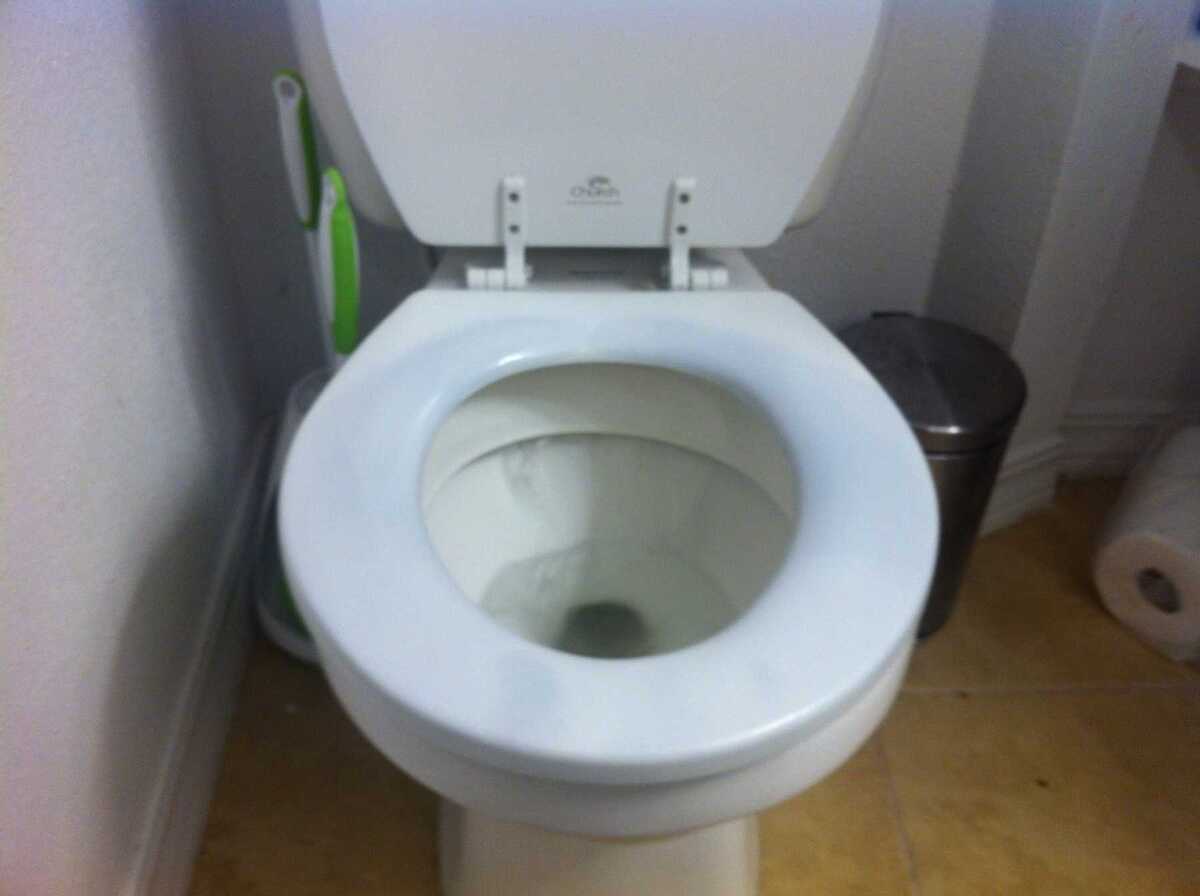
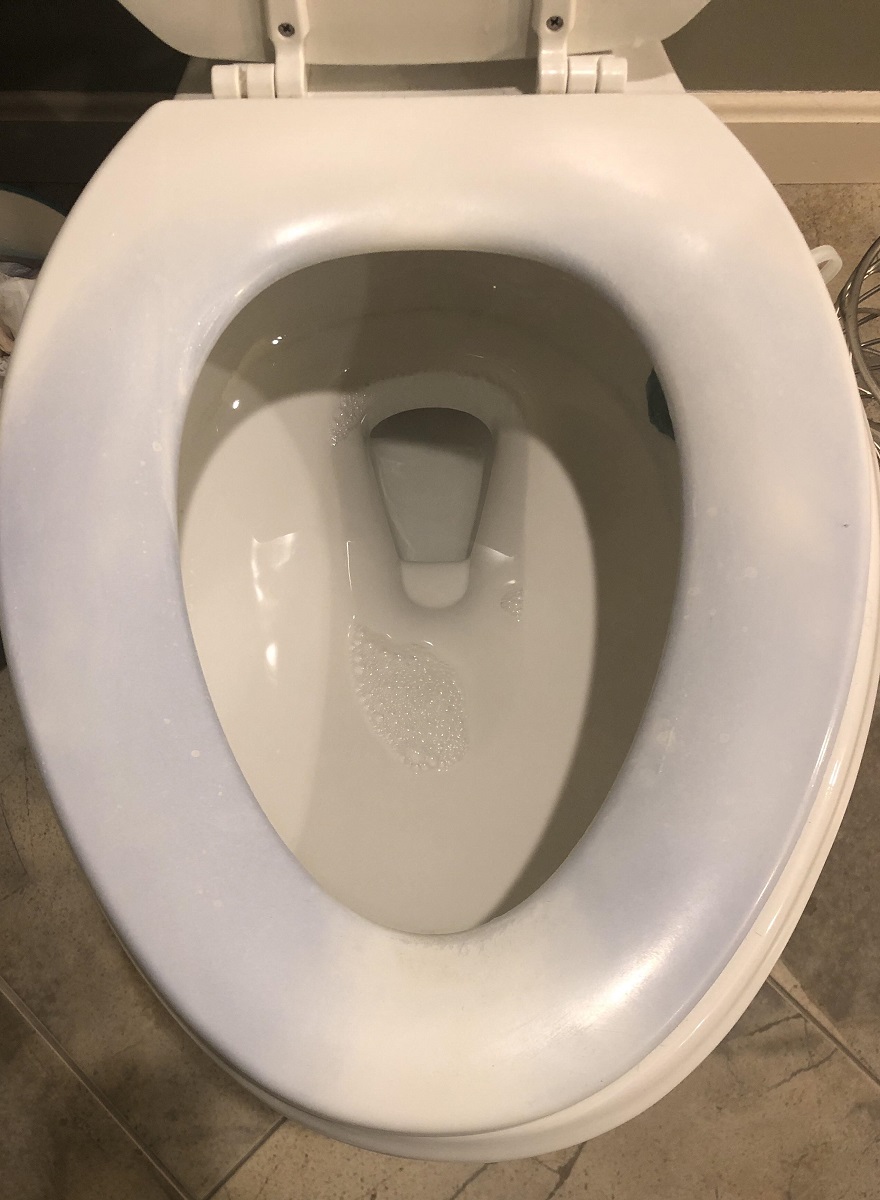
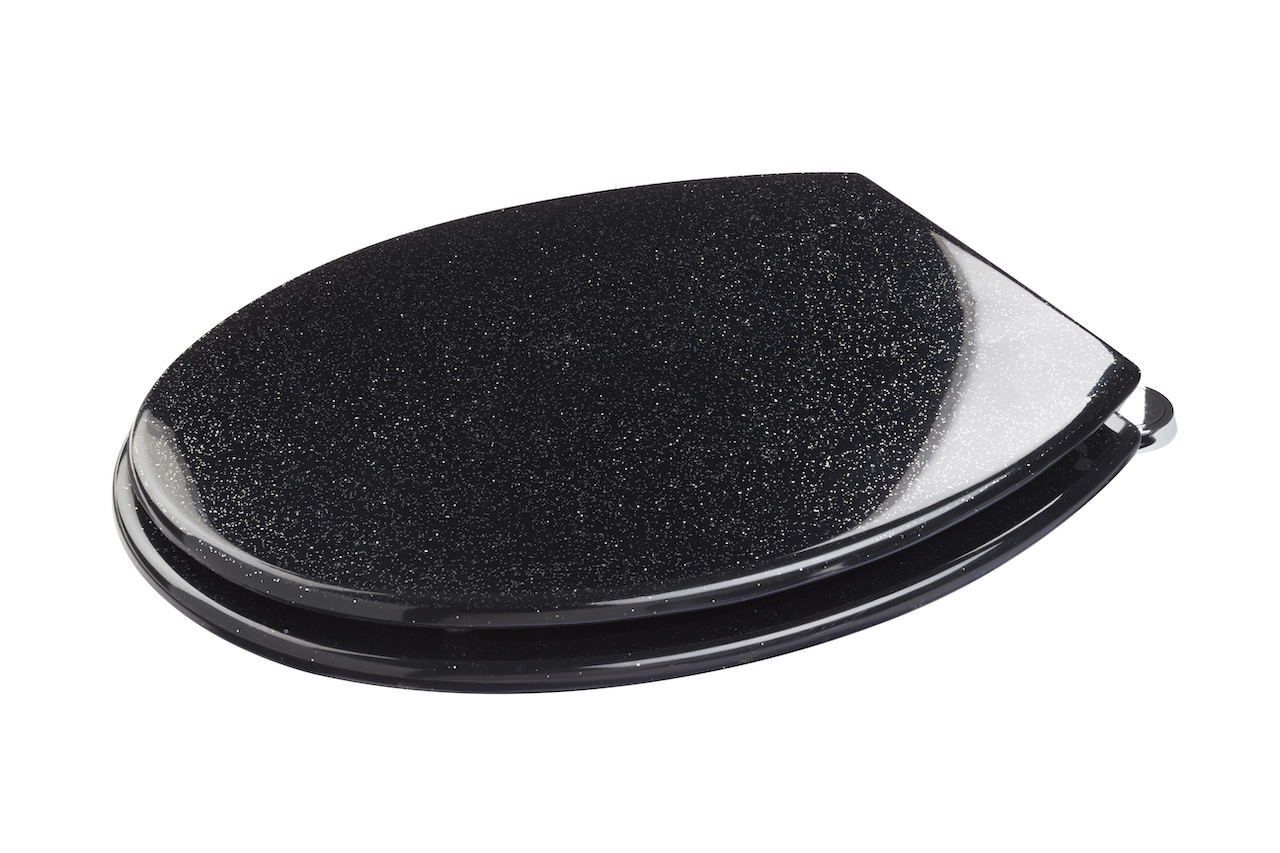
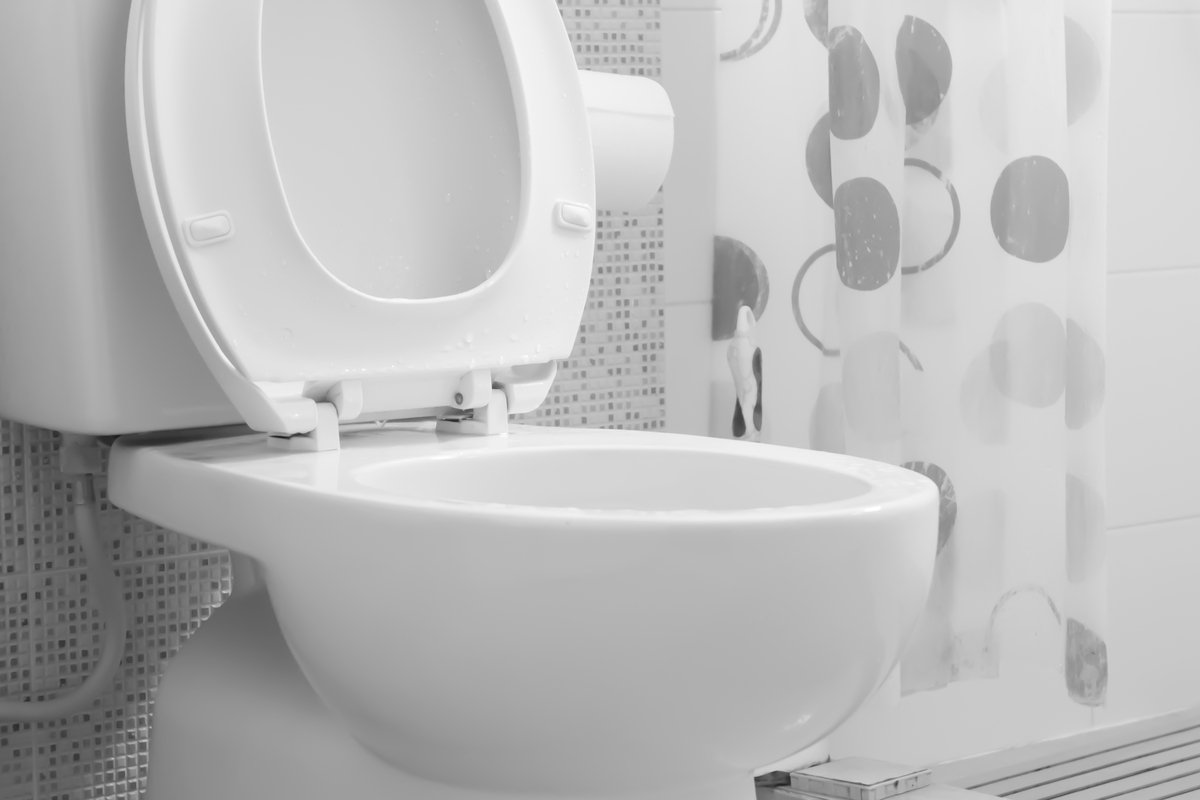
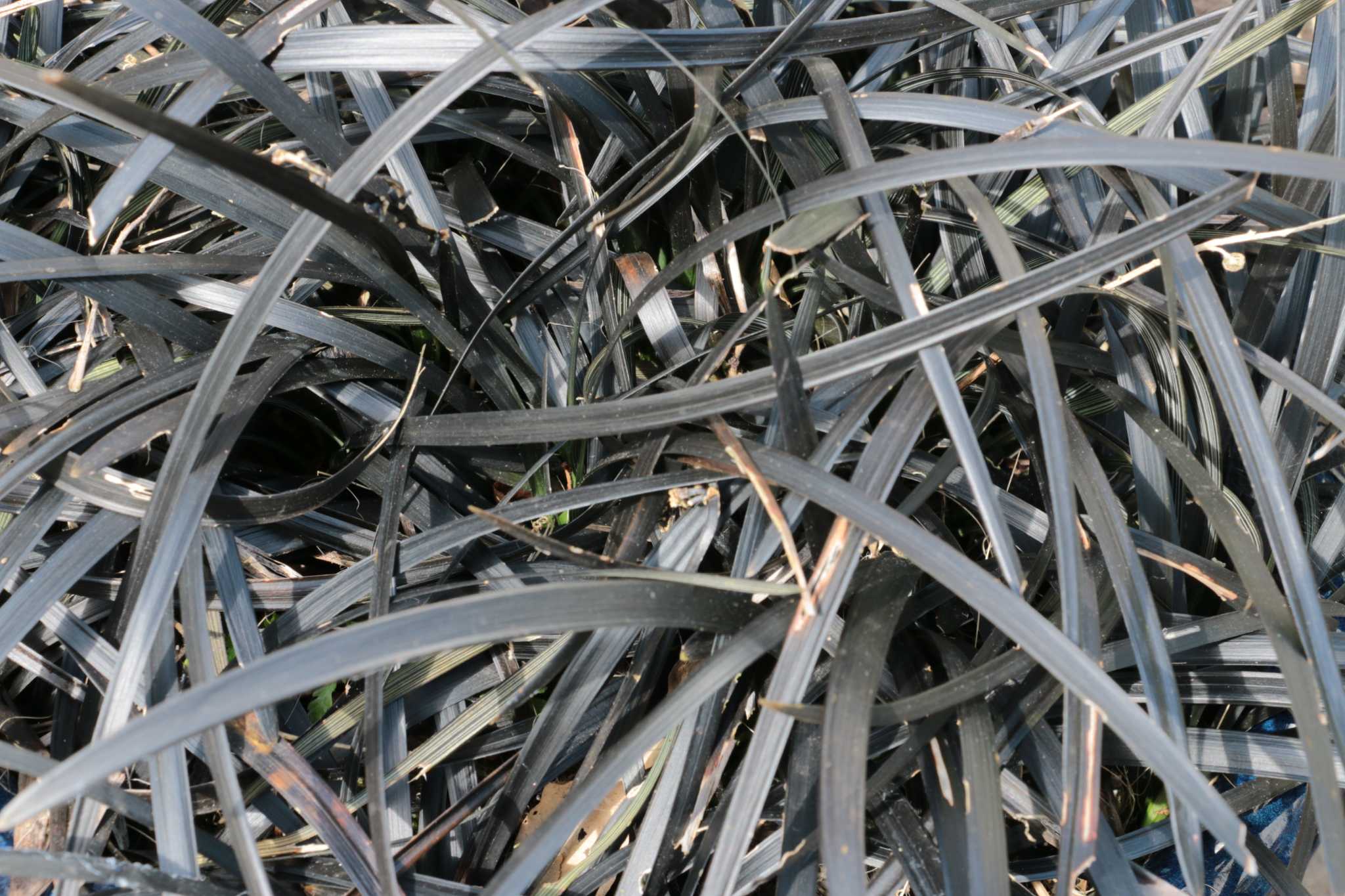
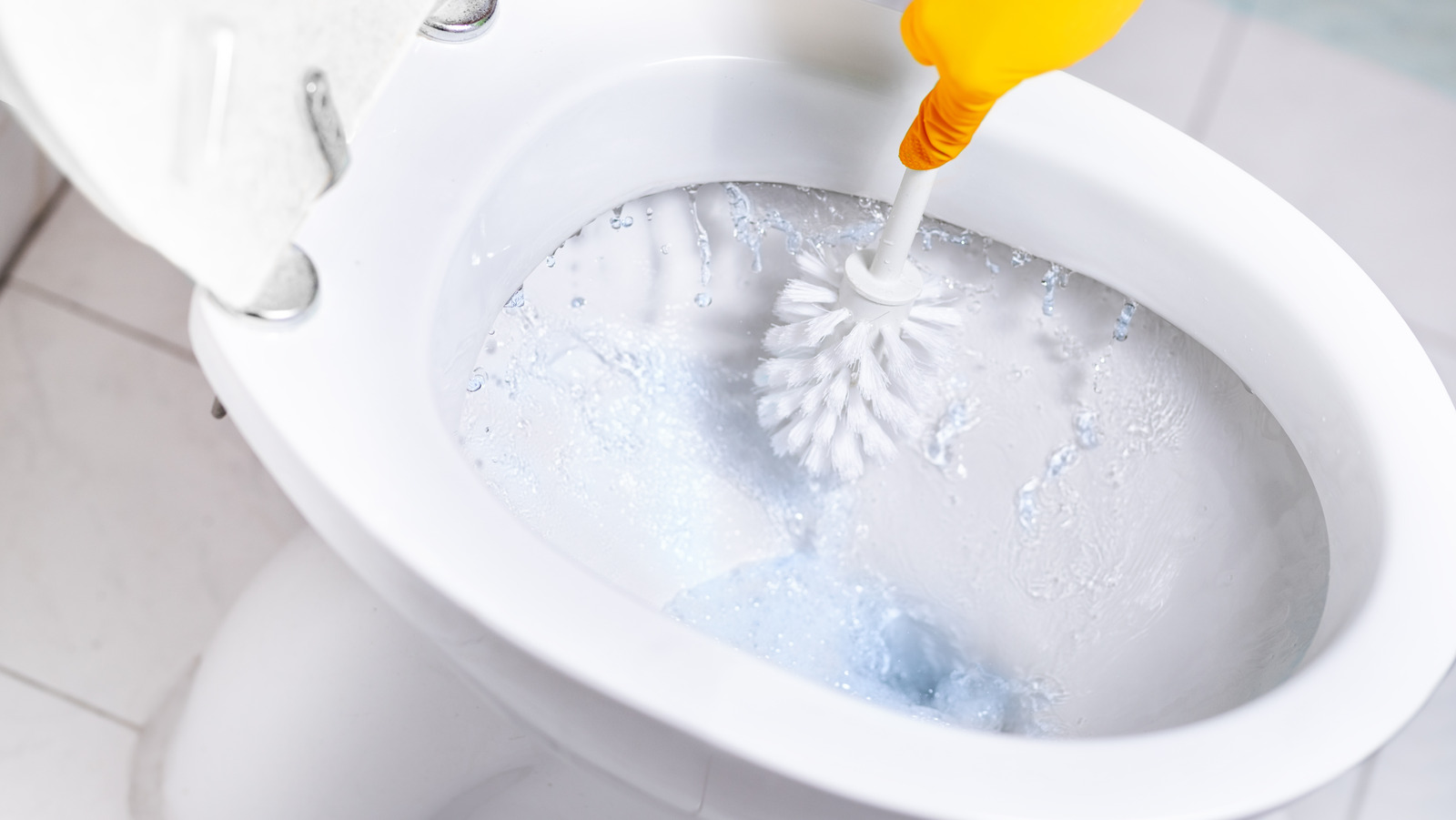

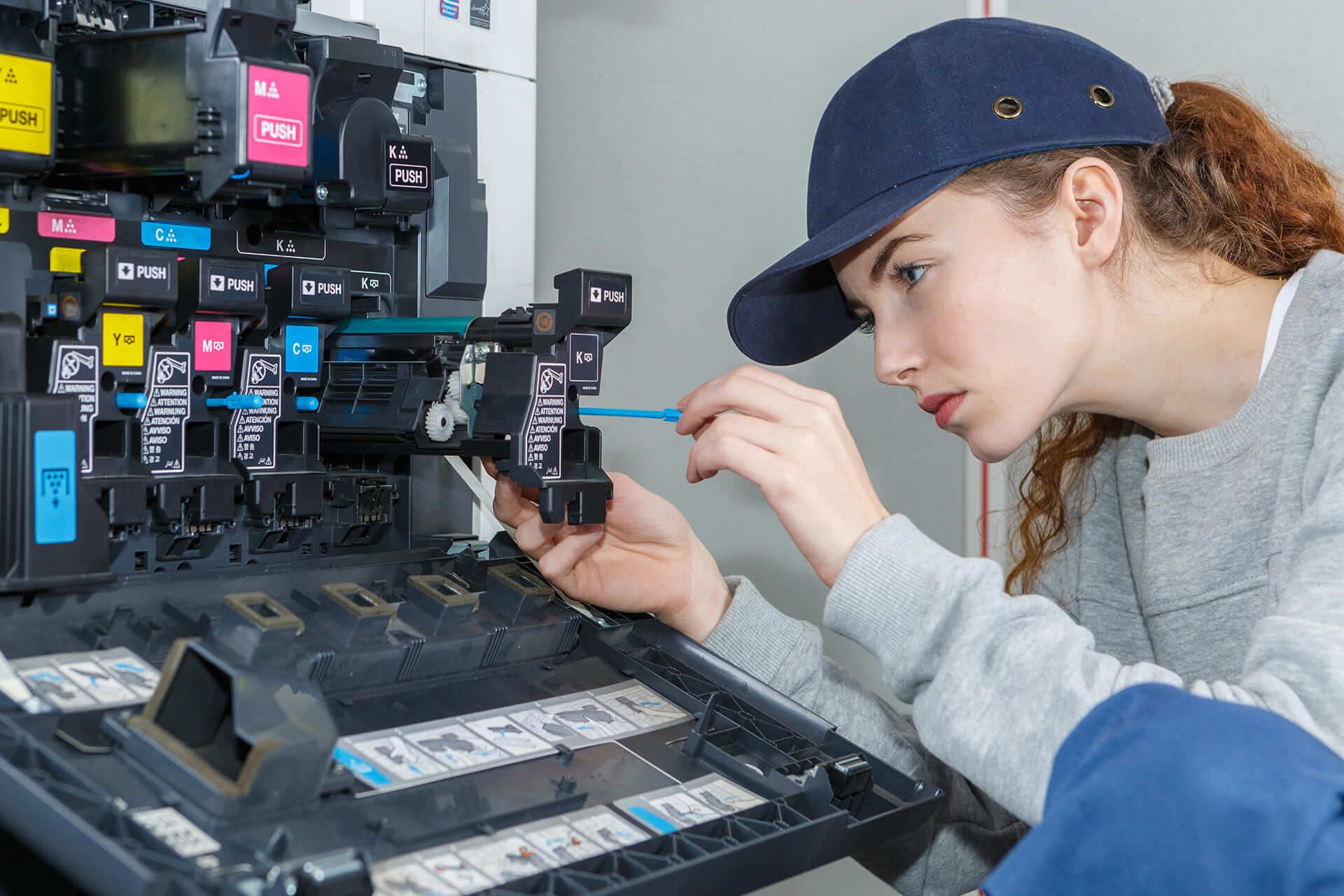
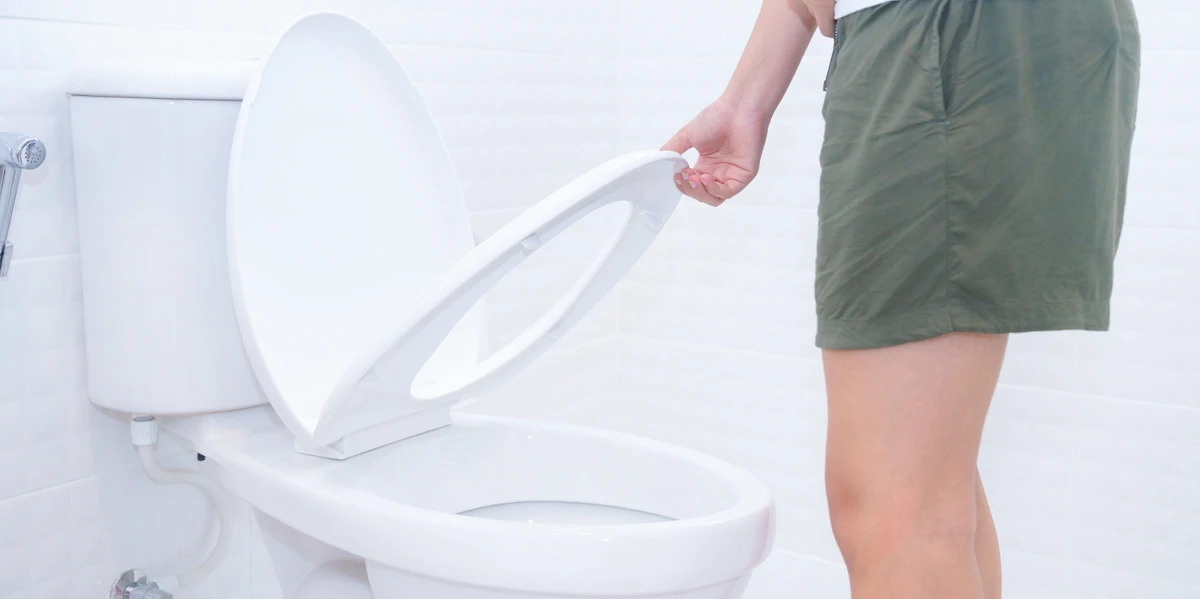



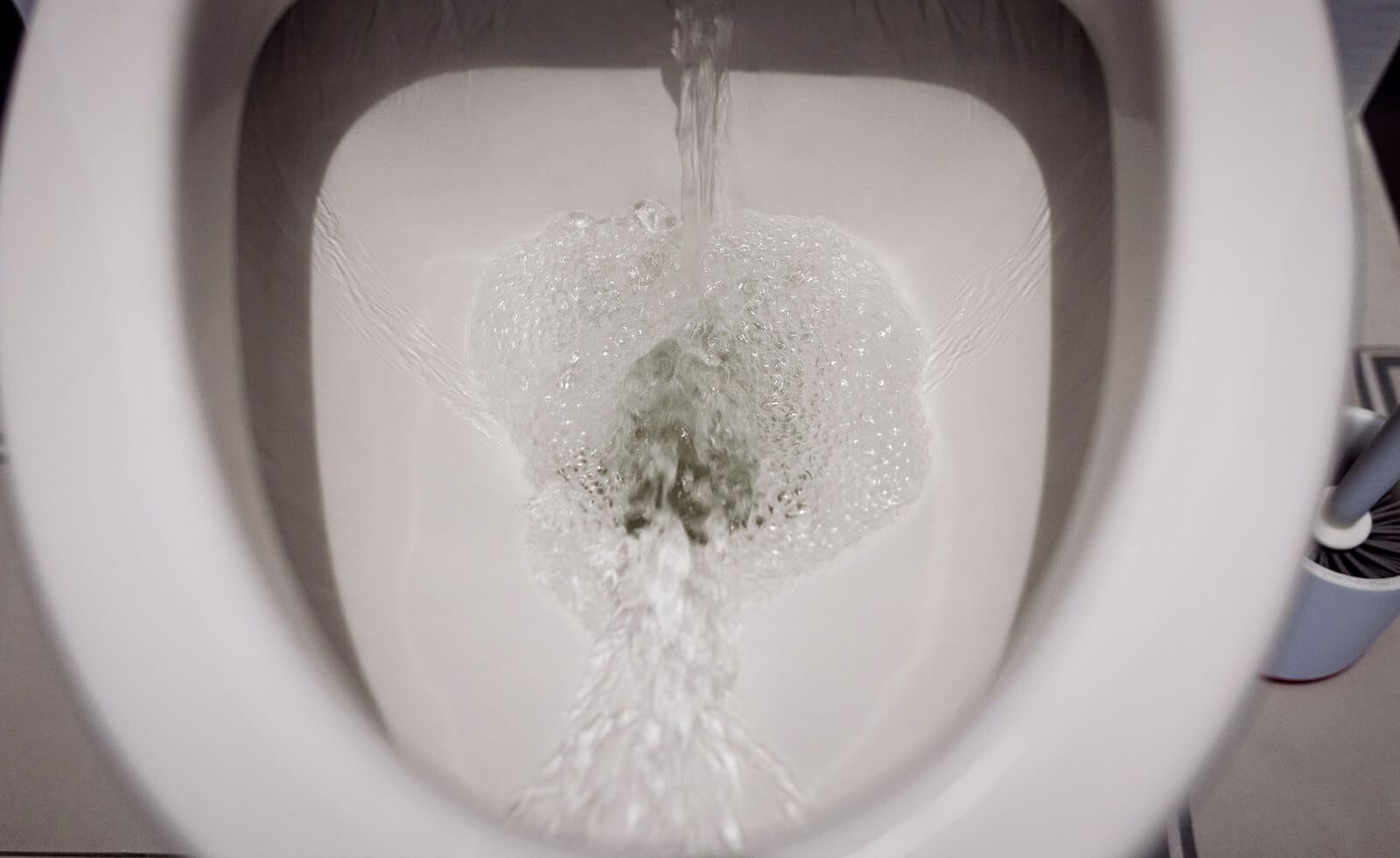
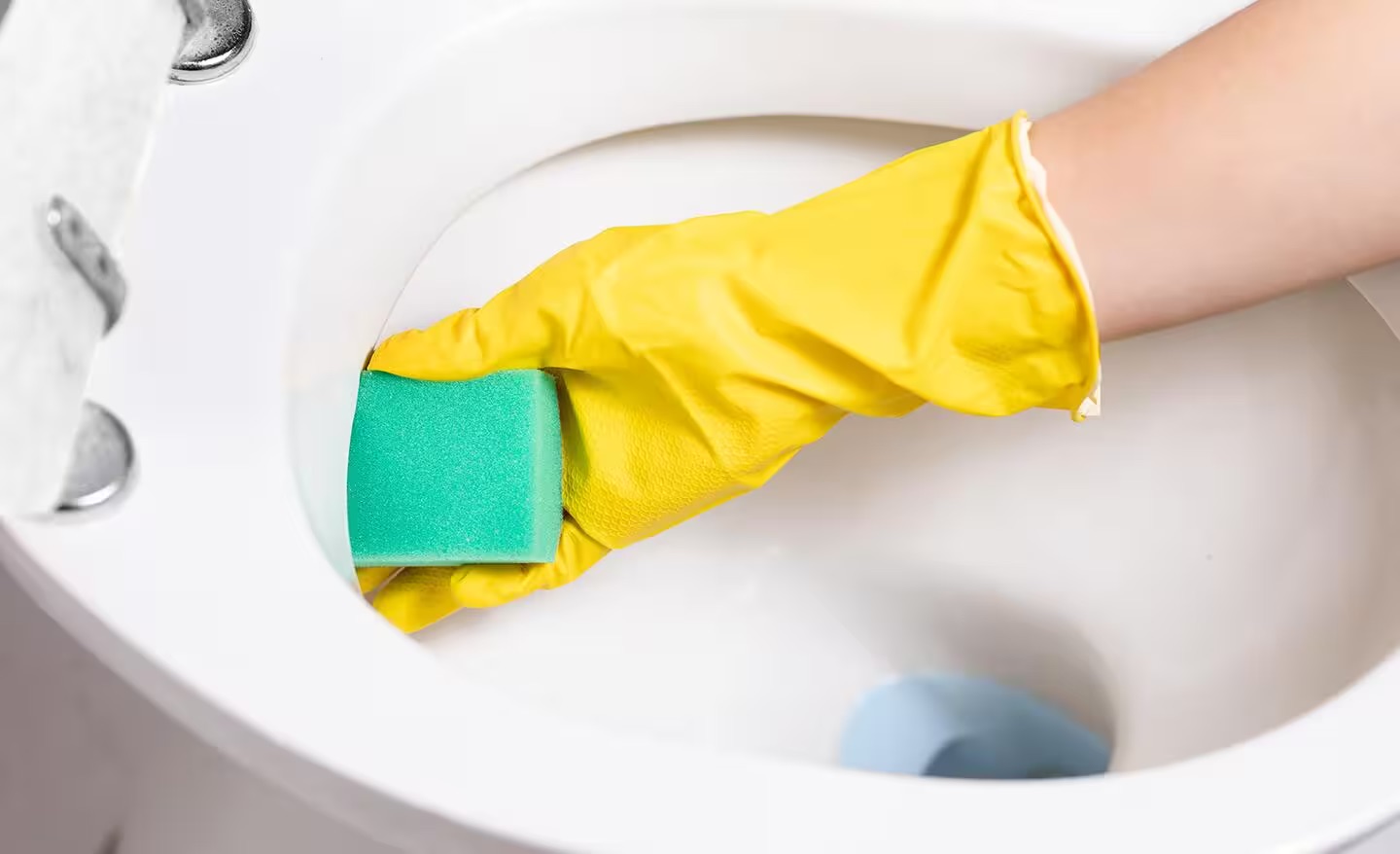
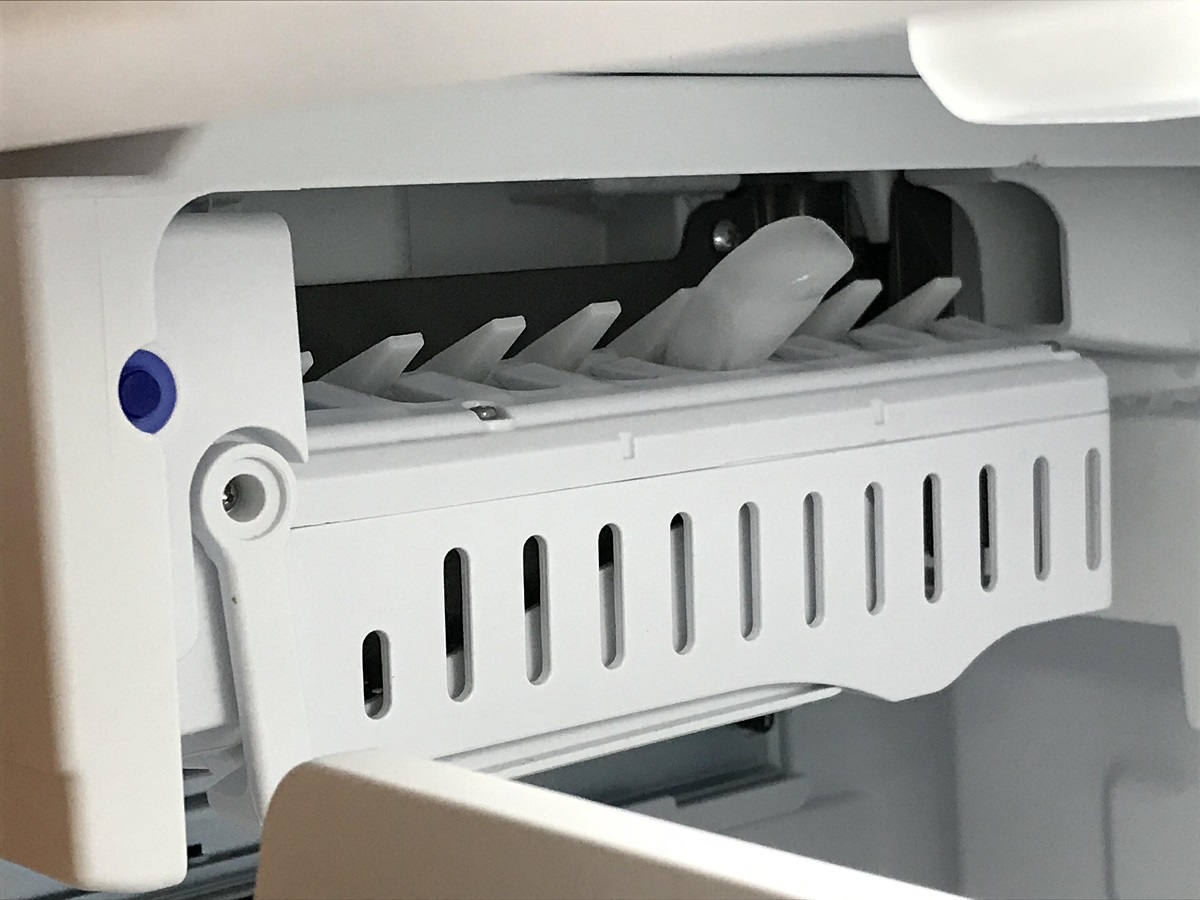

0 thoughts on “Why Is There Black Residue On My Toilet Seat”